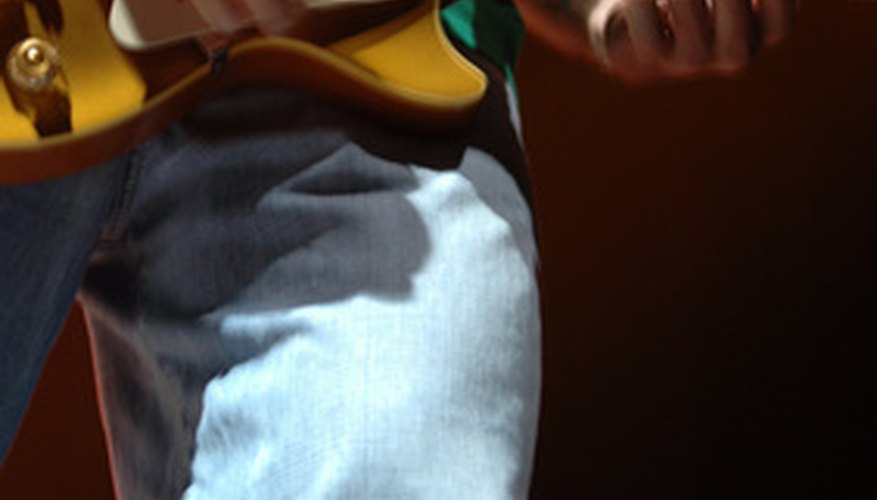Ska is a style of music that emerged in Jamaica in the 1960s. It become popularised in America in the 1970s and again in the 1990s. Ska is characterised by a strong offbeat and the use of horns such as trumpets and saxophones. The bass and guitar play simple chord progressions that while other instruments play solos.
I-IV-V-I Chord Progression
The most common chord progression in any style of music, including ska, is the I-IV-V-I progression. The I chord is the tonic, or the first scale degree of a key. For instance, a C major chord is the I chord in the key of C major. The IV chord in C major is F, and the V chord in C major is G. The I-IV-V-I progression is made up of major chords.
- The most common chord progression in any style of music, including ska, is the I-IV-V-I progression.
- The IV chord in C major is F, and the V chord in C major is G. The I-IV-V-I progression is made up of major chords.
I-ii-V-I Progression
Another common ska chord progression is I-ii-V-I. Instead of the IV chord as seen in the previous progression, there is a ii chord, which is a minor chord. In C major, the ii chord would be a D minor chord. Notice progressions return to the I chord.
- Another common ska chord progression is I-ii-V-I.
- Instead of the IV chord as seen in the previous progression, there is a ii chord, which is a minor chord.
- In C major, the ii chord would be a D minor chord.
I-vi-IV-V-I Progression
The I-vi-IV-V-I chord progression is another common progression in ska music. This progression adds a minor vi chord to the I-IV-V-I progression. A vi in C major would be an A minor chord. Chord progressions are cyclical in nature, and you can use the chart found at the end of the "Common Chord Progressions" lesson to make your own chord progressions.
- The I-vi-IV-V-I chord progression is another common progression in ska music.
- This progression adds a minor vi chord to the I-IV-V-I progression.
